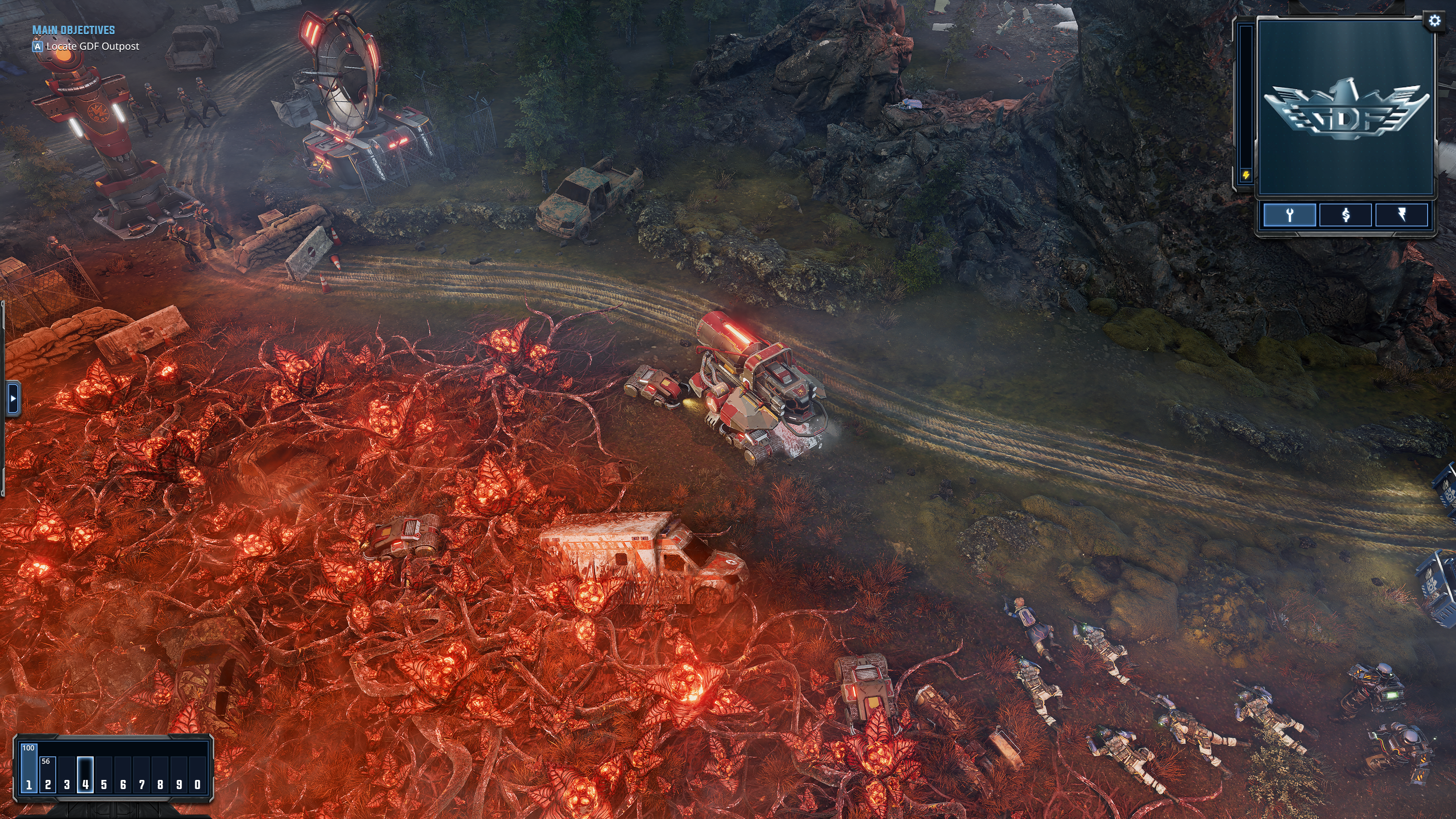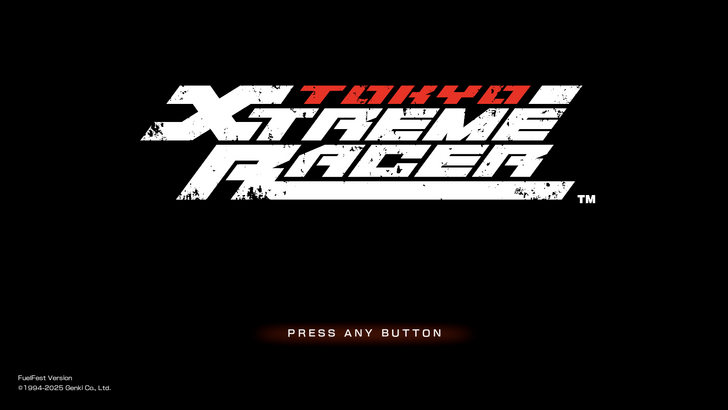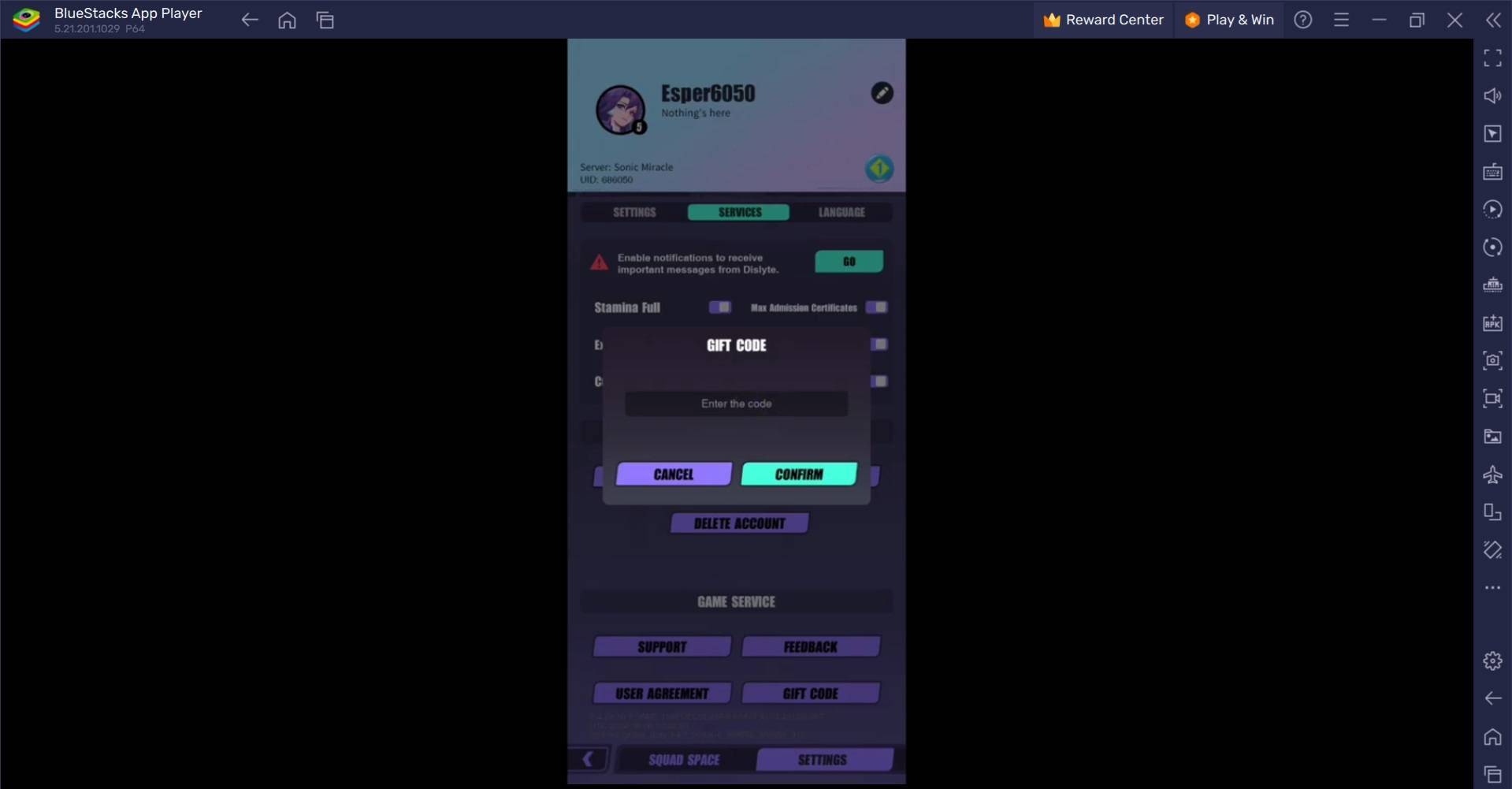Tempest Rising: A Nostalgic RTS Masterpiece
From the moment I launched the Tempest Rising demo, I was hooked. The opening cinematic, complete with cheesy dialogue from heavily armored soldiers and a nervous scientist, instantly brought a smile to my face. The music, UI, and unit designs perfectly captured the essence of my high school days spent playing Command & Conquer with friends – fueled by energy drinks, snacks, and a healthy dose of sleep deprivation. This game expertly recreates that feeling, and I'm thrilled to see what Slipgate Ironworks has planned for the full release. Whether battling bots in Skirmish or facing off against human opponents in Ranked Multiplayer, Tempest Rising felt incredibly familiar and comfortable.
This nostalgic experience is no accident. The developers aimed to create an RTS game that evoked the classics of the 90s and 2000s, while incorporating modern quality-of-life improvements. Set in an alternate 1997, Tempest Rising depicts a world where the Cuban Missile Crisis escalated into World War 3, resulting in widespread nuclear devastation and the emergence of strange, energy-rich vines.
Tempest Rising Screenshots

 8 Images
8 Images



As the preview build focused solely on multiplayer, I'll need to wait for the full release to experience the story mode, which will feature two 11-mission campaigns, one for each main faction. The Tempest Dynasty (TD) is an alliance of Eastern European and Asian nations ravaged by WW3, while the Global Defense Forces (GDF) unites the US, Canada, and Western Europe. A third faction remains shrouded in mystery, unavailable in the demo or at launch.
I gravitated towards the Tempest Dynasty, partly due to their amusing Tempest Sphere – a rolling death machine that crushes infantry. The Dynasty also utilizes "Plans," faction-wide bonuses activated through their Construction Yard. These Plans, selectable with a short cooldown, offer strategic flexibility.
The Logistics Plan boosts construction and resource gathering; the Martial Plan enhances unit attack speed and provides explosive resistance; and the Security Plan reduces unit and building costs, improves repairs, and expands radar range. I found a satisfying rhythm cycling through these Plans for economic growth, rapid building, and powerful offensives.
This adaptability extends to other Dynasty aspects. Instead of stationary refineries, they deploy Tempest Rigs – mobile harvesters that relocate after depleting resource fields. This facilitates rapid expansion strategies, as the rigs can harvest remotely without compromising base security.
The Dynasty's Salvage Van is another highlight, capable of repairing or destroying enemy vehicles for resource gain. Ambushing unsuspecting opponents with this unit proved highly effective.
Dynasty power plants can switch to Distribution Mode, accelerating nearby construction and attack speed at the cost of taking damage – a risk mitigated by the mode's automatic shutdown near critical health.
While I favored the Tempest Dynasty, the GDF offers a compelling alternative, focusing on allied buffs, enemy debuffs, and battlefield control. Their Marking mechanic, combined with Doctrine upgrades, significantly weakens marked enemies.
 Tempest Rising3D Realms Wishlist
Tempest Rising3D Realms Wishlist
Both factions feature three tech trees and powerful cooldown abilities accessed through advanced buildings, adding strategic depth. The Dynasty's Lockdown ability prevents enemy takeovers, while the Field Infirmary provides crucial mobile healing. The clever AI bots presented a formidable challenge, employing effective hit-and-run tactics. I eagerly anticipate the full release and the opportunity to engage in custom lobbies with friends.
 Home
Home  Navigation
Navigation






 Latest Articles
Latest Articles










 Latest Games
Latest Games












